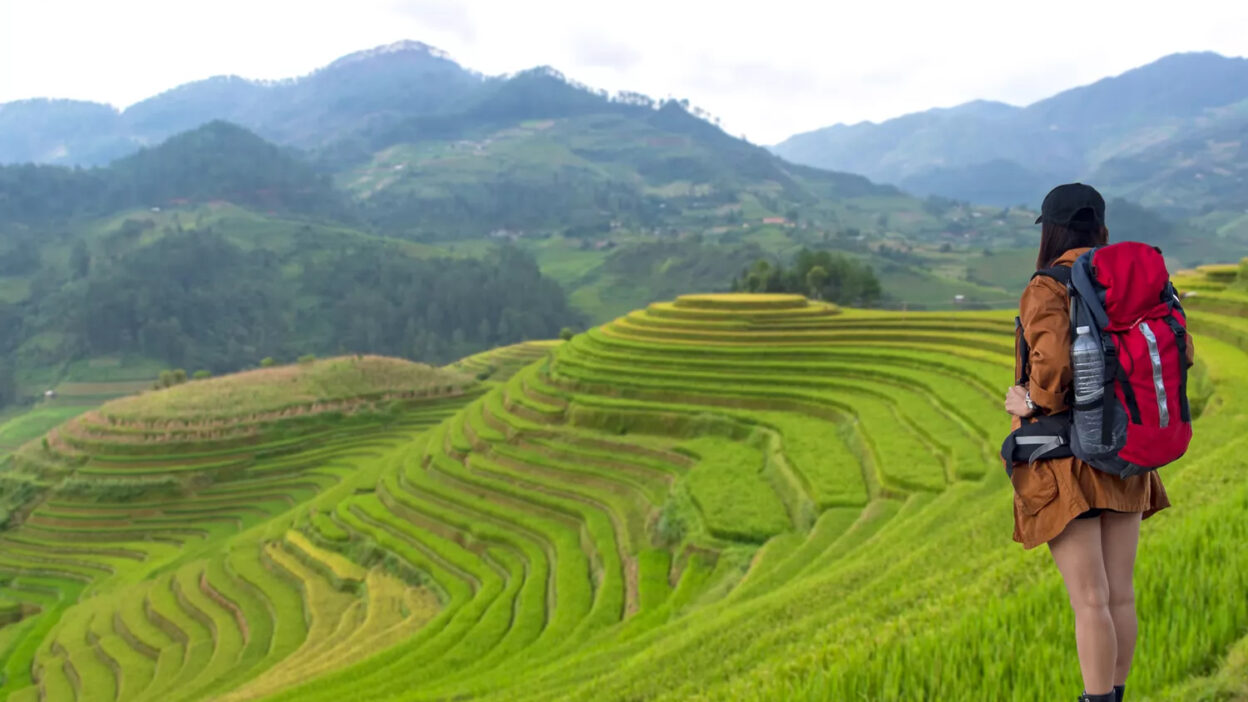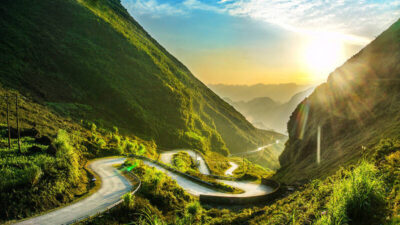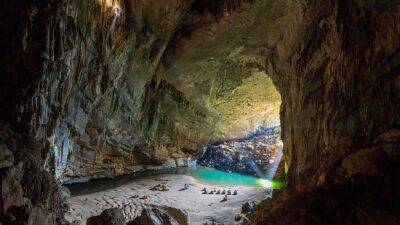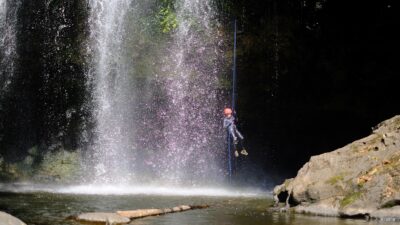Vietnam hiking tours are emerging as a favorite travel choice for those seeking a unique blend of outdoor adventure, cultural immersion, and breathtaking scenery. With its incredibly diverse geography, from misty northern mountains to tropical jungles in the south, Vietnam offers hiking experiences that cater to both casual trekkers and seasoned adventurers.
Whether you’re hoping to stroll through picturesque rice terraces, challenge yourself on a multi-day summit climb, or explore hidden ethnic villages, Vietnam hiking tours are your gateway to unforgettable journeys with VietnamTour.
In this comprehensive guide, discover the top hiking destinations across the country, how to plan the perfect tour, and tips for making the most of your Vietnamese trekking adventure.
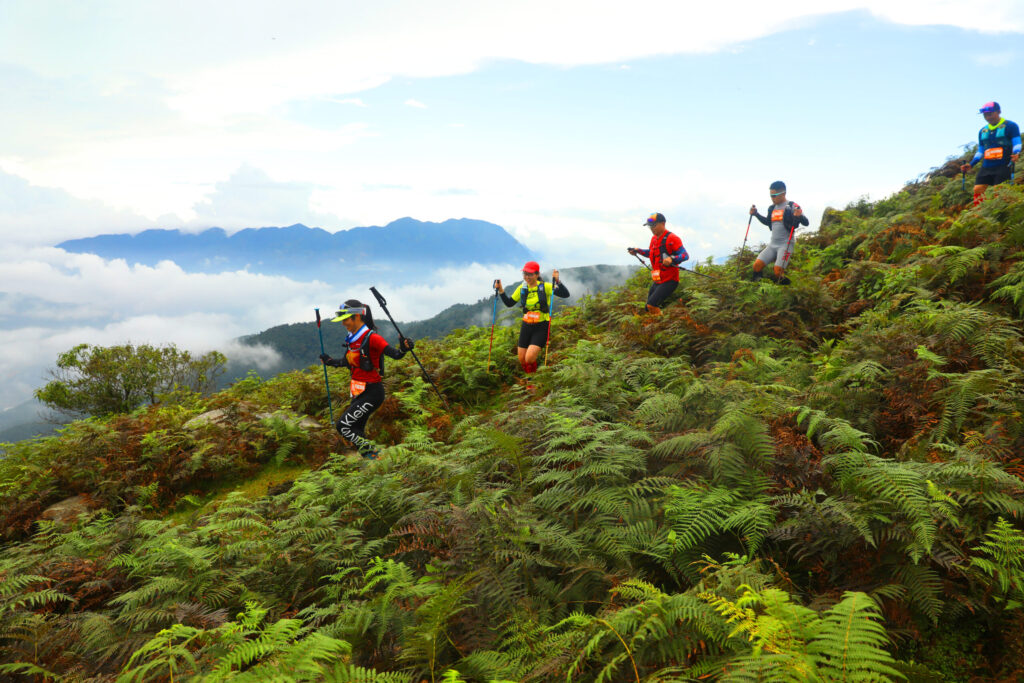
Why Choose Vietnam for Hiking?
Vietnam stands out on the global map for hiking thanks to its:
- Diverse landscapes: Mountainous terrain in the north, dense forests in the central highlands, and coastal trails in the south.
- Ethnic diversity: Home to 54 ethnic groups, many Vietnam hiking tours pass through traditional villages where life remains deeply rooted in culture.
- Affordability: Compared to many global hiking destinations, tours in Vietnam are relatively budget-friendly.
- Hospitality and local experiences: Homestays and community-based tourism allow you to connect with locals in a meaningful way.
Top Destinations for Vietnam Hiking Tours
1. Sapa – Iconic Terraces and Ethnic Culture
Sapa is perhaps the most well-known destination for Vietnam hiking tours, and for good reason. Nestled in the Hoàng Liên Son mountain range, this area offers spectacular views, terraced fields, and encounters with ethnic minorities like the H’Mông and Red Dao.
Suggested hikes:
- Cat Cat – Y Linh Ho – Lao Chai – Tả Van: A popular 1-day hike that introduces you to rural life and stunning rice terraces.
- Sín Chải – Bản Hồ – Thanh Phú: For a deeper cultural dive, take a 2- to 3-day tour including homestay experiences.

2. Bắc Hà – Authentic and Less Traveled
Not far from Sapa, Bắc Hà is a quieter option known for its colorful weekend markets and ethnic diversity. Trekking here means avoiding the crowds while gaining deeper insights into minority life.
Highlights:
- Bắc Hà Town – Bản Phố – Hoàng Thu Phố (12 km): Rolling hills, blooming plum orchards, and charming homes of the Flower H’Mông people.
- Combine with visits to Bắc Hà Market or Cán Cấu Market for a full cultural immersion.
3. Fansipan – Conquer the Roof of Indochina
At 3,147 meters, Mount Fansipan is the highest peak in Indochina and a holy grail for hikers. It’s a true test of endurance and a must-do for those seeking a challenge.
Trekking options:
- Trạm Tôn Trail: Easiest route (2 days, 1 night).
- Sín Chải or Cát Cát Trail: More strenuous, requiring 3 days and overnight camping.
Fansipan hiking tours typically require a licensed guide for safety and navigation, especially during the rainy season when trails get slippery.
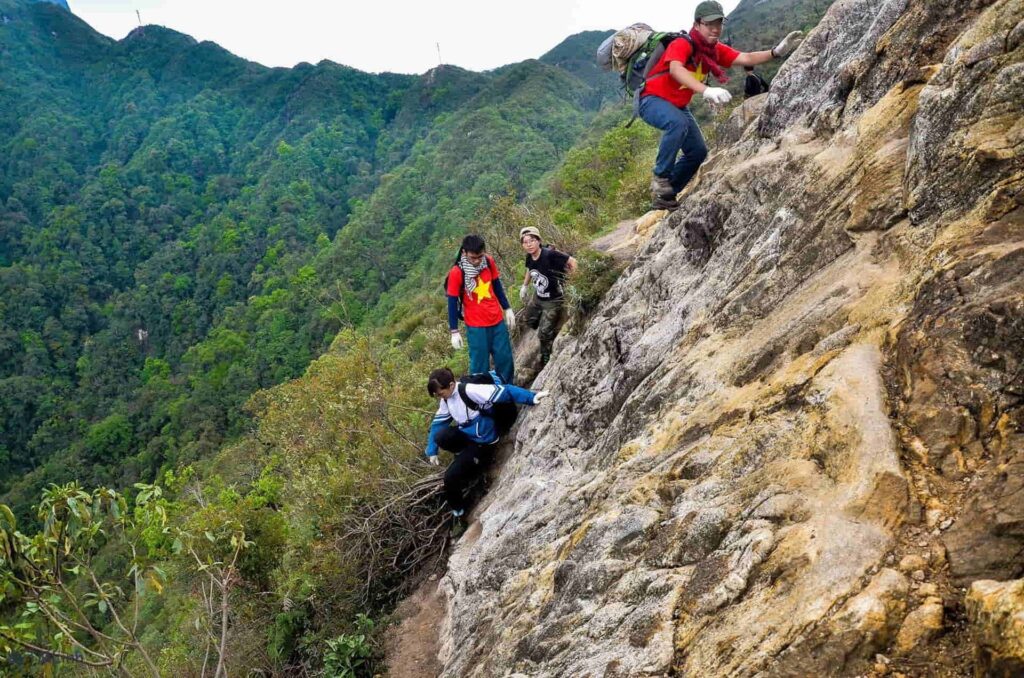
4. Ba Bể National Park – Hidden Northern Gem
Home to Vietnam’s largest freshwater lake, Ba Bể National Park offers peaceful hikes through forest trails, rivers, and caves. It’s ideal for nature lovers who prefer quiet destinations.
What to expect:
- Moderate treks to Khau Qua or Coc Toc village.
- Boat rides on Ba Bể Lake and explorations of the Puong Cave.
- Encounters with the Tay ethnic group in rustic stilt houses.
5. Cát Bà Island – Island Trails and Coastal Adventures
For those who want to mix hiking with a seaside vacation, Cát Bà Island is perfect. Part of the UNESCO-listed Cat Ba Archipelago Biosphere Reserve, it features jungle trails, sea cliffs, and biodiversity.
Trekking ideas:
- Trung Trang – Ao Ếch – Việt Hải Village: A 1-day jungle trek suitable for all levels.
- Ngự Lâm Peak: Short, steep hike with panoramic ocean views.
Pair your hike with kayaking or rock climbing for a full adventure package.
6. Cát Tiên National Park – Easy Rainforest Experience Near Saigon
Just 150 km from Ho Chi Minh City, Cát Tiên offers one of the best lowland forest hikes in Vietnam. It’s a great choice for beginners or families looking for light to moderate treks.
Tour highlights:
- Walk to Bầu Sấu (Crocodile Lake) or Heaven Rapids.
- Night safaris to spot wildlife.
- Optional mountain biking trails for a change of pace.
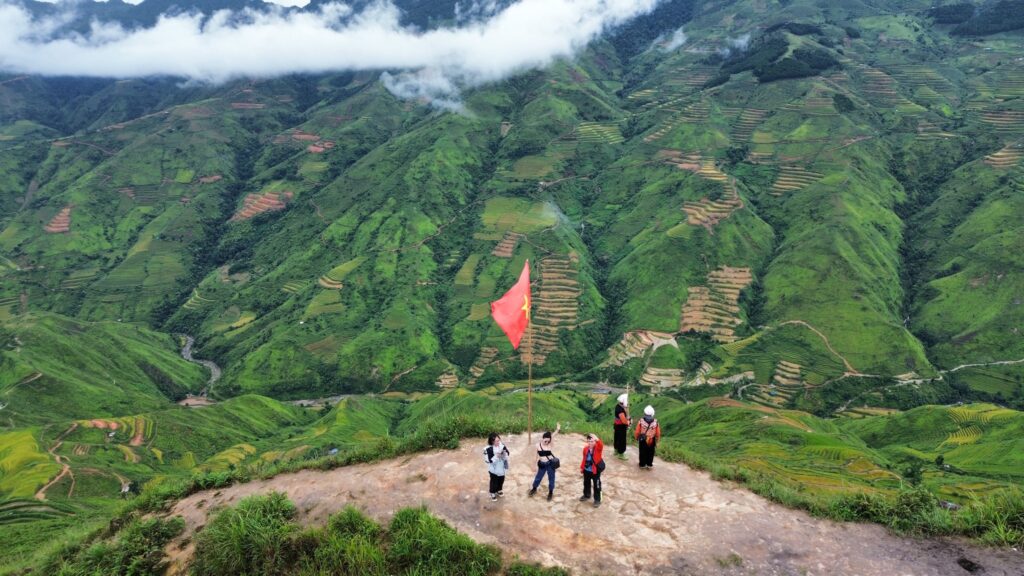
7. Mai Châu – Gentle Hiking in a Peaceful Valley
If you’re based in Hanoi and want a short escape, Mai Châu in Hòa Bình province offers serene landscapes of rice paddies and wooden stilt houses.
Trekking routes:
- Bản Lác – Pom Coọng – Xà Lĩnh (up to 18 km): A relaxing hike passing ethnic White Thai villages.
- Available biking alternatives for a hybrid experience.
Best visited during weekdays to avoid domestic tourist crowds.
8. Cao Bằng – Vietnam’s Remote Frontier
Bordering China, Cao Bằng is a land of majestic waterfalls, epic caves, and untouched beauty. Hiking here brings solitude and exploration of rarely-visited communities.
Don’t miss:
- Bản Giốc Waterfall – Vietnam’s most beautiful waterfall.
- Ngườm Ngao Cave – Stalactite formations stretching kilometers underground.
- Trek between local villages of the Tày, Nùng, and Dao people.

9. Pu Luong Nature Reserve – Hidden Gem of Thanh Hoa
Located about 150km southwest of Hanoi, Pu Luong Nature Reserve is a rising star in the world of Vietnam hiking tours. This area is famed for its pristine beauty, traditional ethnic villages, and limestone mountains. The region remains relatively untouched by mass tourism, offering a truly immersive trekking experience.
Recommended trek:
- Kho Muong – Don Village – Uoi Village: A 2-day trail through bamboo forests, rice terraces, and traditional stilt houses of the Thai ethnic minority.
Why it stands out:
- You can trek through working farmland, observe traditional weaving, and enjoy local food specialties like grilled mountain pork and sticky rice cooked in bamboo.
10. Kon Tum and the Central Highlands – Rugged and Culturally Rich
The Central Highlands, particularly around Kon Tum, offer unique trekking routes through dense jungle and remote ethnic villages, including Bahnar and Jarai communities. These are some of the least commercialized Vietnam hiking tours, appealing to travelers seeking solitude and authenticity.
Hiking highlight:
- Trek from Kon Tum City to Dak To, with stops at traditional Rong houses and longhouses. Many tours also include a visit to wooden churches and tribal cemeteries.
Best for:
- Adventure travelers interested in anthropology, history, and hiking through unspoiled terrain.
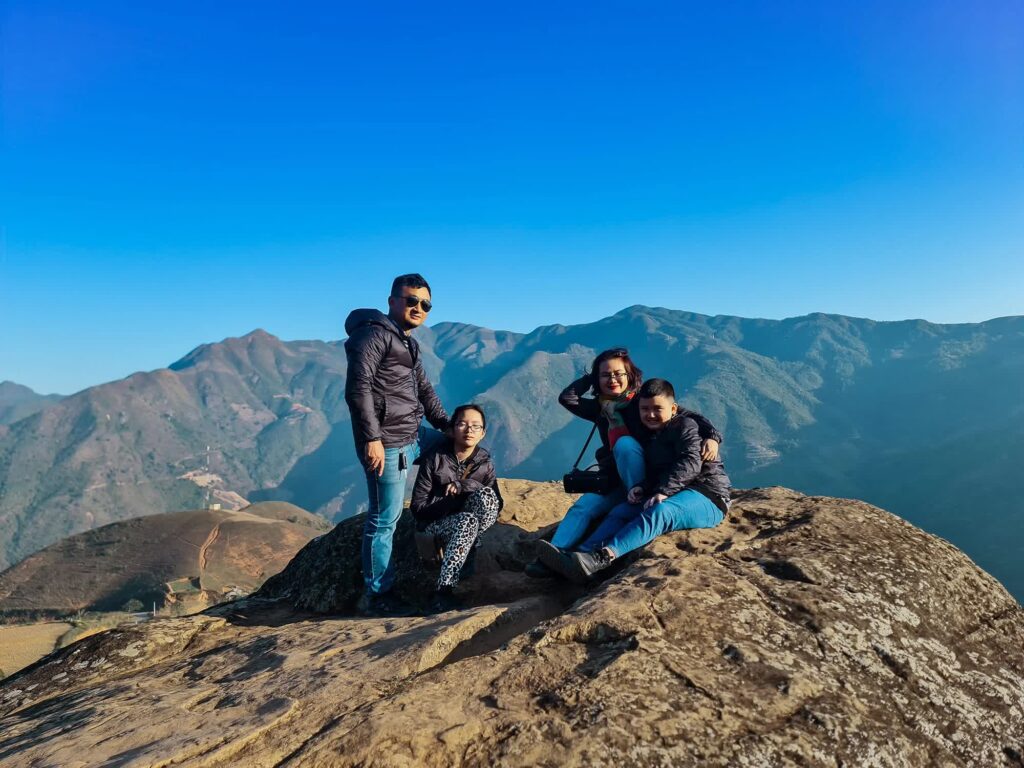
11. Bidoup Núi Bà National Park – Dalat’s Highland Wilderness
Near the popular tourist city of Da Lat lies Bidoup Núi Bà National Park, a biodiversity hotspot and one of Vietnam’s top hiking destinations for nature lovers. The park’s evergreen forests and rare flora and fauna make it a haven for ecotourism.
Suggested tour:
- 2-day hike to Bidoup Peak (2,287 meters) starting from the Long Lanh ranger station. Along the way, you’ll pass through ancient pine forests, wild orchids, and bird-watching zones.
What makes it great:
- Cooler climate, high biodiversity, and well-managed hiking routes.
What Makes Vietnam Hiking Tours Truly Special?
Aside from natural beauty and cultural diversity, what sets Vietnam hiking tours apart is the opportunity to connect deeply with local people. Many tours incorporate:
- Homestays where travelers share meals, stories, and daily routines with their hosts.
- Community-based tourism where your visit directly supports local economies.
- Traditional activities like farming, cooking, textile weaving, and herbal medicine workshops.
These moments create lasting impressions and differentiate a hike in Vietnam from one anywhere else in the world.
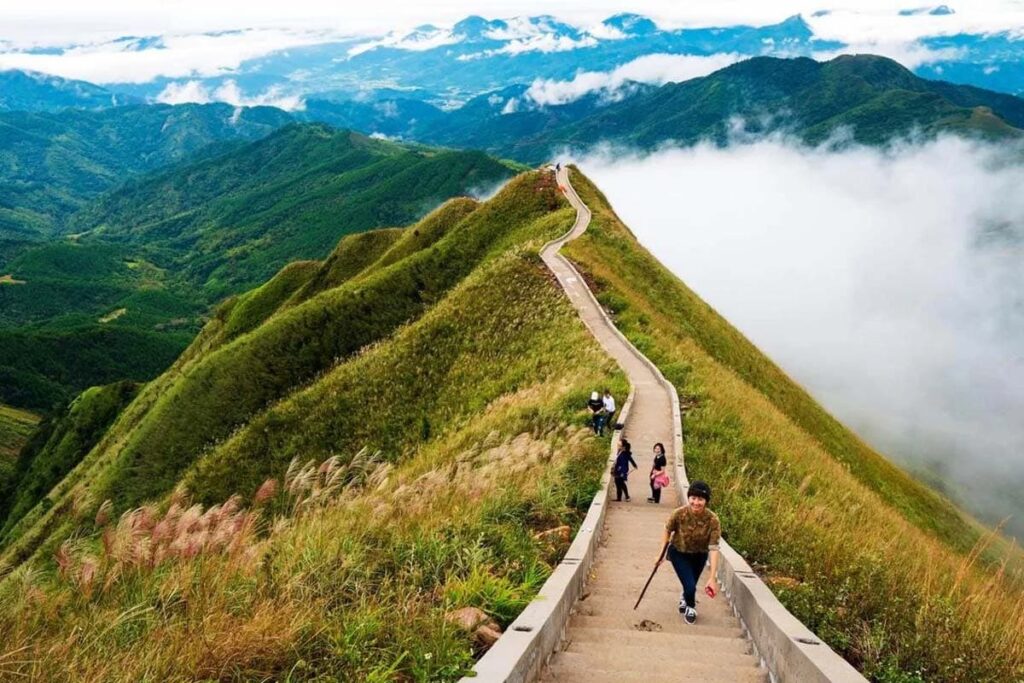
Insider Tips for the Best Vietnam Hiking Experience
- Hire a local guide: Even if you’re an experienced hiker, guides provide cultural insight, help with translation, and ensure your safety.
- Try the food: Don’t miss local dishes like thắng cố in the north or canh chua in the south. Hiking often burns a lot of energy—refuel with local flavors!
- Respect nature and culture: Always ask before taking photos of people, and follow community guidelines.
- Trek during festivals: Ethnic festivals like the Khau Vai Love Market or Tet Nguyen Dan (Lunar New Year) provide extra cultural immersion.
Responsible Trekking in Vietnam
As Vietnam embraces eco-tourism, travelers play an essential role in protecting natural and cultural heritage.
Tips for responsible hiking:
- Stay on marked trails to avoid damaging vegetation.
- Carry your trash and avoid single-use plastics.
- Respect local customs—ask before taking photos, dress modestly, and follow village rules.
- Choose ethical tour operators that support local communities.
From cloud-kissed mountains in the north to dense tropical forests in the south, Vietnam hiking tours offer more than just physical exercise—they are windows into the soul of a country. Whether you’re walking through terraced fields, crossing bamboo bridges, or resting at a remote village homestay, each step brings you closer to the natural beauty and cultural richness of Vietnam.
If you’re ready for an adventure that feeds both body and soul, now is the perfect time to explore Vietnam through its trails. So pack your boots, bring your curiosity, and discover why Vietnam hiking tours are among the most rewarding journeys in Southeast Asia.
See more post: Trekking in Sapa: A Breathtaking Journey Through Vietnam’s Northern Highlands

